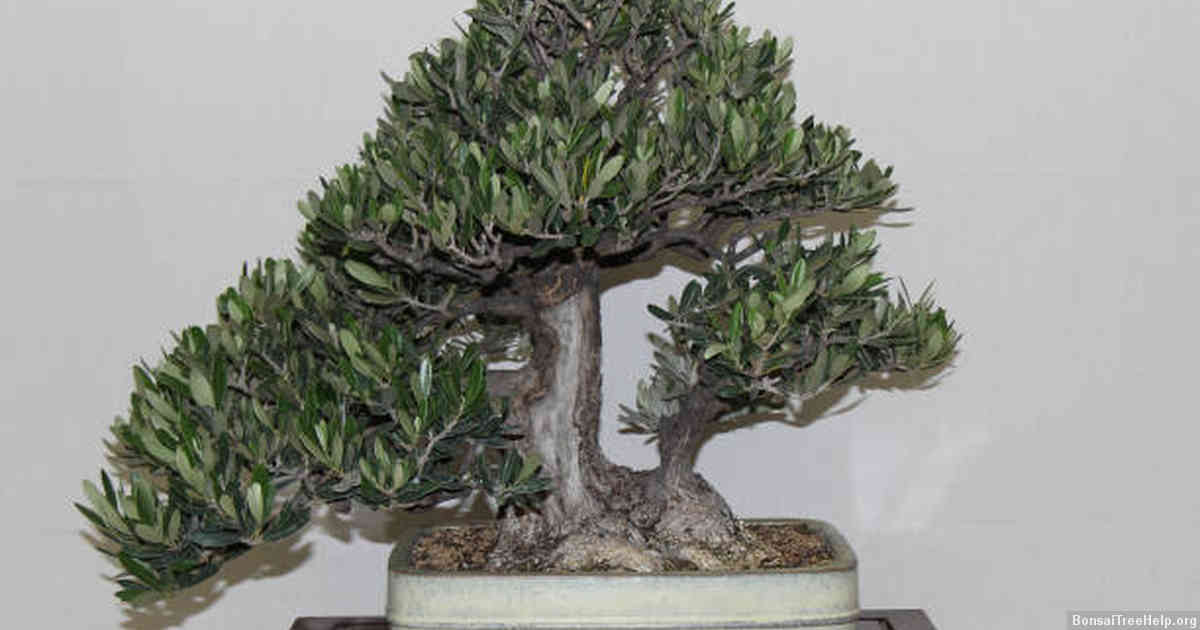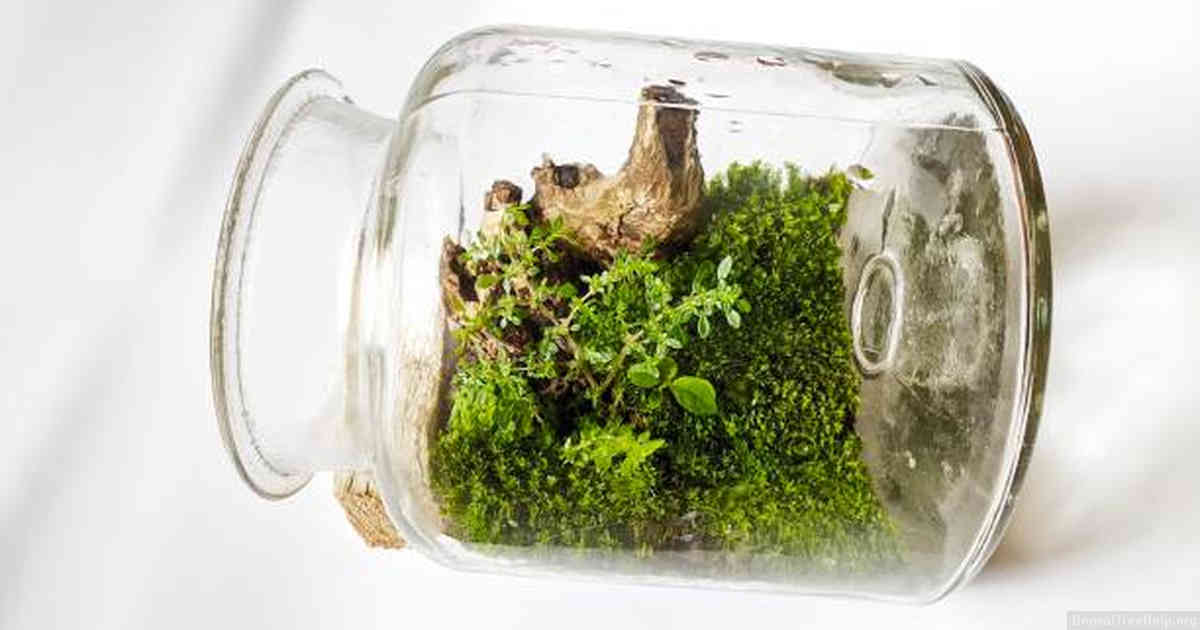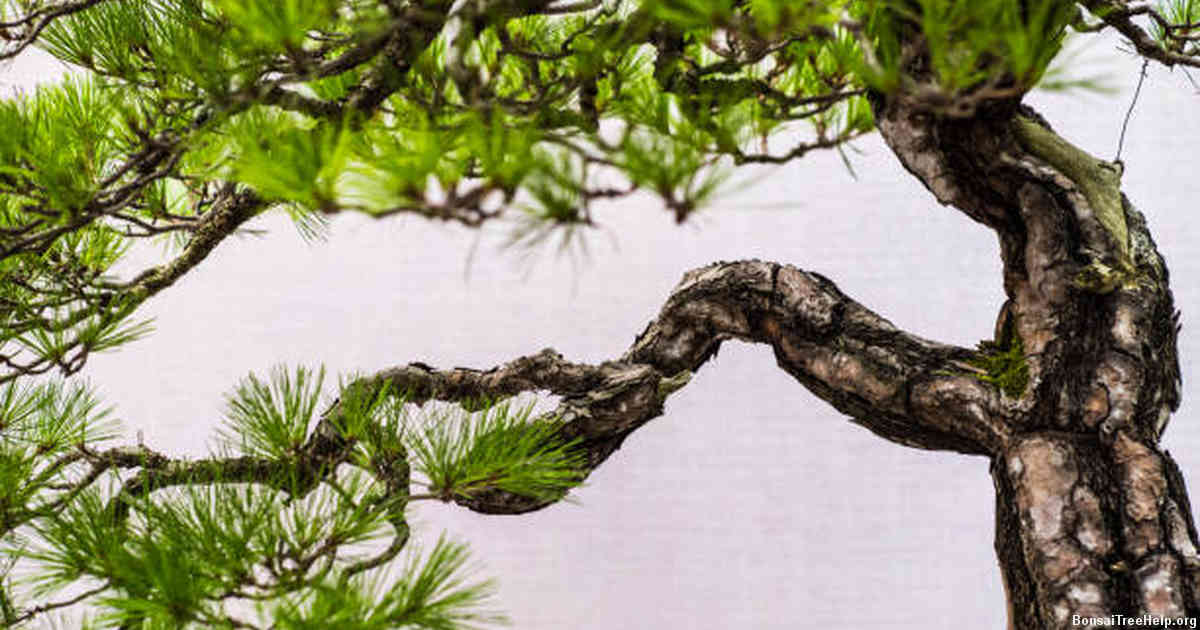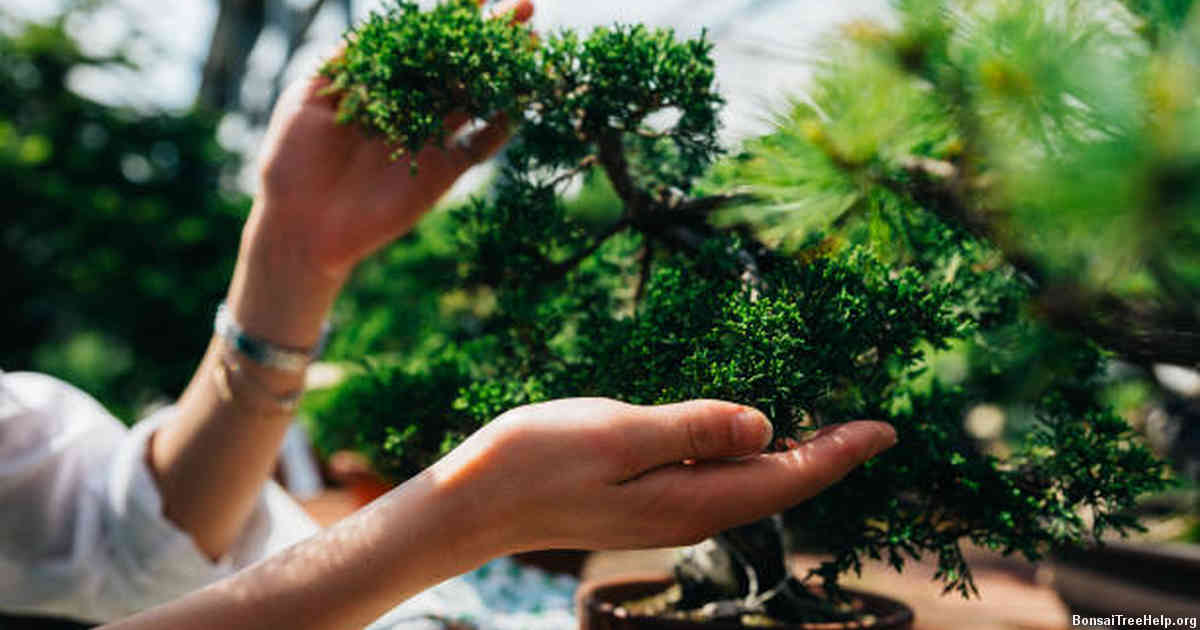
Bonsai plants are highly influenced by their environment and the particular variety. The leaves of a bonsai tree can vary depending on many factors such as species, watering methods, light levels, amount of fertilizer and temperature. Different varieties have unique leaf shapes and sizes, ranging from thick conifer needles to small oval-shaped leaves. For example, deciduous trees such as maple have smaller leaves that change in size with each season while evergreens like juniper or pine will always maintain their needle-like shape. Bonsai growers often prune the branches so they produce new growth in desirable shapes. This practice can further influence the size and shape of the bonsai tree’s leaves by controlling how much space is available for them to grow in.
Contents:
The Art of Bonsai

Bonsai is a form of art that requires time, patience and a creative touch. It utilizes techniques like pruning, wiring and potting to shape trees into miniature landscapes reminiscent of the larger scale living works of art. Every part of the bonsai process is designed to express the creator’s individual style and present it in a unique fashion.
One of the most important aspects to any bonsai design is the leaves or needles found on its branches. Each type tree has its own characteristic leaf shape and size which helps create harmony between all other elements as well as catch attention from onlookers. The color can be naturally determined by type but can also be adjusted using special fertilizers for deeper tints or artificial paints for an array of alternate shades. By carefully adjusting this crucial component, artists are able to take their creation beyond ‘realistic’ depictions and towards even greater heights as small works of expressionist art.
The artist behind each bonsai composition must consider not only what kind of final product they wish to see but also how they will use their mediums to achieve it. Depending on condition, some plants may require lengthy acclimation before major work commences while others might lend themselves more easily to manipulation during early stages; both types have strengths that experienced practitioners know how leverage for optimal results in their designs. This range gives artists incredible control over every element; from texture derived from moisture levels all the way down branch proportions facilitated by precise cuts – every detail matters when crafting something so intricate out of nature’s canvas.
Understanding Leaves on Bonsai Plants

While it may appear counterintuitive, the leaves on a bonsai plant are no different from any other plant’s leaves. They are still composed of the same cellular makeup and possess roughly the same chemical properties, regardless of size. The distinguishing factor between them is their shape and growth patterns. Depending upon how a particular bonsai tree is groomed, the foliage can be manipulated into specific shapes and sizes to create a stunning visual effect.
When caring for a bonsai tree, both pruning and styling techniques are used to achieve its desired appearance. Pruning cuts away excess branches or twigs to direct energy towards new buds while thinning reduces leaf surface area in order to maintain an even canopy overall. Wiring helps guide shoots into various positions while also allowing precise control over branch orientation, angle, curvature and taper. All these methods combined result in a dramatic transformation not only of the trunk but also of the leaves themselves.
Understanding how bonsai plants are cultivated provides insight into why their distinctive shaped leaves draw attention – it’s because they have been crafted by dedicated caretakers over long periods of time with exacting precision. With thoughtful tending practices and consistent maintenance cycles, you too can ensure that your own miniature trees always look their best as well as share this unique form of artistry with others.
Factors that Affect Leaf Appearance

Most bonsai plants are distinct due to their size, and some even have unusual leaf shape. However, the variation of leaves among different bonsai can vary tremendously. It is important to understand why leaves come in various sizes, shapes and textures when cultivating a successful bonsai tree.
The three primary factors that contribute to differing leaf appearances are lighting exposure, climate and nutrition absorption. Bonsai planted in more direct light will display longer and thinner leaves because their chloroplasts become active from all the sunlight they receive. In comparison, those with less light exposure will be smaller and thicker since chloroplasts won’t be activated as much. Climates that are extremely cold or hot can also impact how leaves look by making them curlier in colder temperatures or duller during heat waves if not enough nutrients reach them regularly. Conversely, places with mild weather often yield strong vibrant foliage due to balanced nutrient uptake throughout the season.
Proper fertilization is key for any healthy bonsai plant as it supplies essential minerals that determine what type of foliage growth they experience. If a specimen has too little fertilizer there might not be enough building blocks like iron present for example resulting in yellowish discolored tips on larger growths while too much of it creates stunted branches covered with numerous small off-colored rounded leaves around its edge instead; this is why seasoned gardeners always suggest moderating dosage amounts so your beloved greenery never suffers from an extreme shortage or excess supply alike.
The Relationship between Light and Leaves

Light plays an integral role in the development of a bonsai plant’s leaves. All plants rely on light to generate energy via photosynthesis and will respond to changes in its intensity accordingly. As such, the amount of sunlight that a bonsai receives can influence the size, shape, texture and coloration of its leaves.
For instance, low-light conditions typically result in the production of small elongated leaves with smooth surfaces which are often dark green or even purplish-black. On the other hand, when there is abundant natural lighting available bonsais tend to produce larger more leathery leaves that come in shades ranging from lime green all the way to yellow-golden. In addition to affecting leaf appearance, strong light exposure can also cause foliage to become brittle as well as reduce flowering potential due to it acting as a stimulant for bud formation.
Ultimately, each variety of bonsai has unique characteristics when it comes its ability to adapt to varying levels of illumination. Experienced growers are usually aware of this relationship between light and leave formation so they make sure their trees receive just enough sun depending on what type it is so that they look their best and remain healthy at all times.
Soil Quality and its Impact on Leaf Shape

It is well known that bonsai plants require special care, including soil quality. Different soils can significantly impact the shape of a bonsai plant’s leaves. Soils which are dense and nutrient-poor generally create narrower, pointed leaves; whereas soils with higher levels of organic material tend to give broader leaf shapes. Depending on the type of bonsai species and variety, the amount of organic matter in soil may be adjusted accordingly to achieve a specific desired leaf shape.
Potting mixes and fertilizers specially designed for bonsais often include ingredients like peat moss, pumice stone or perlite – all found naturally in soil – which help retain water while promoting proper drainage. All these elements allow air circulation around the plant’s roots resulting in healthier foliage as well as more attractive leaf shapes. The right mix also increases photosynthesis efficiency since it enables nutrients to move quickly through the root system and up into leaves where they can be used properly by the plant itself.
Different climate conditions may affect a bonsai’s overall health as well as its leaf shape through alterations in soil moisture content over time. Maintaining an ideal humidity level helps ensure that all vital minerals present in good quality potting mixes remain available for uptake by their delicate root systems so that their leaves continue growing strong and healthy even during extreme environmental changes.
Watering Techniques for Optimal Bonsai Growth

The amount of water necessary to keep a bonsai healthy is crucial. Understanding and properly executing the right watering technique can greatly contribute to its well-being. Before delving into watering, it’s important to understand how much water a bonsai tree needs based on factors such as climate, pot size and soil.
If your environment has high humidity levels, you may be able to get away with less frequent watering sessions than someone in an arid climate. If there are extended periods of high temperatures or windy days present, it will require more attention. An even bigger factor is the size and type of soil used when potting your bonsai plant; it directly influences how long its soil remains moist for during dry spells. Heavier soils retain moisture longer compared to their lighter counterparts which tend to quickly dry out from air exposure. The pot itself plays a part in how often you should be providing hydration – smaller containers require more regular waterings due to their limited capacity for holding moisture compared larger containers capable of keeping the earth damp for longer periods of time.
There are two main methods for providing water: immersing and misting/spraying. Submersion involves submerging the whole container in a basin filled with tepid (or room-temperature) liquid until small bubbles start rising out of the drainage hole at the bottom; usually takes no more than five minutes per session depending on container size and soil type held inside of them). Misting/spraying utilizes light sprinkles over both foliage and root zone multiple times per day without running off excess liquid onto either side since this can harm fragile bonsai roots by drowning them in too much moisture if left unchecked after every application period ends.
Responding to Unusual Changes in Leaf Appearance

When it comes to caring for bonsai plants, unexpected changes in their appearance can be unsettling. It’s natural to worry if you notice something unusual happening with your miniature tree, particularly when the leaves start showing discrepancies in color or size. After all, correctly nurturing a bonsai is an intricate process that requires long-term dedication and effort. Knowing how to respond when the plant begins displaying strange signs can help ensure its vitality and sustained growth.
The most important step one should take upon noticing any strange change in their bonsai’s leaves is to determine what might have caused it. An educated guess based on the plant’s recent environment and activities can guide you towards finding a suitable solution for addressing the issue at hand. For instance, sometimes appearing brown spots on leaf edges may be due to excessive exposure to sunlight which could potentially be resolved by shielding the tree from direct sun beams during certain hours of day or simply moving it indoors where it is less exposed.
In other cases, unusual variations in leaf form may signify nutritional deficiencies such as iron deficiency chlorosis – a common problem encountered amongst indoor trees due the lack of organic soil matter necessary for nutrient uptake – which usually requires additional fertilizers supplementing trace minerals into substrate providing more suitable conditions for healthy development over time. As with any vegetation species, staying alert regarding potential diseases infecting your plant as well as maintaining good hygiene practices are both essential components of successful bonsai care routines.
Leave a Reply